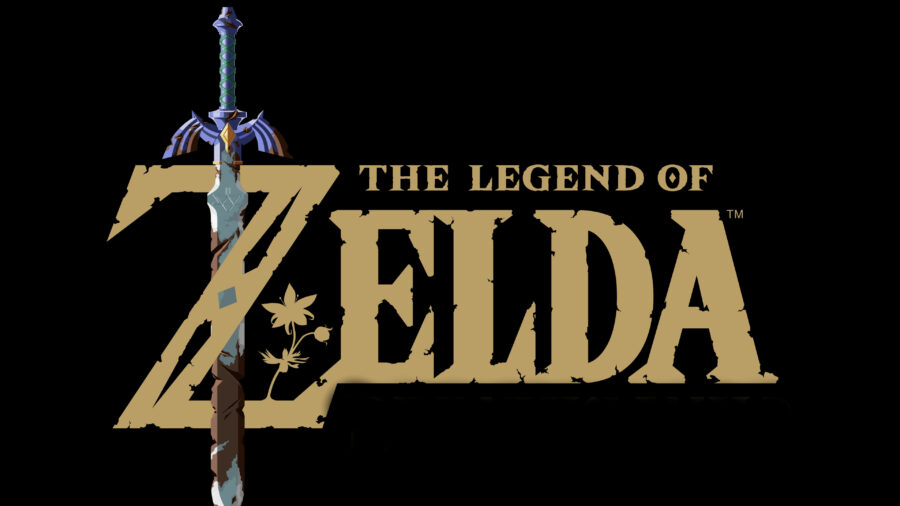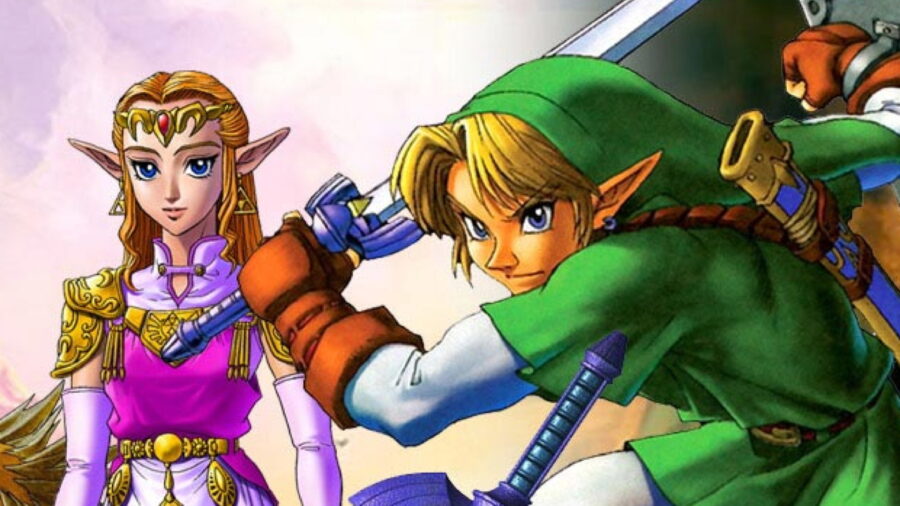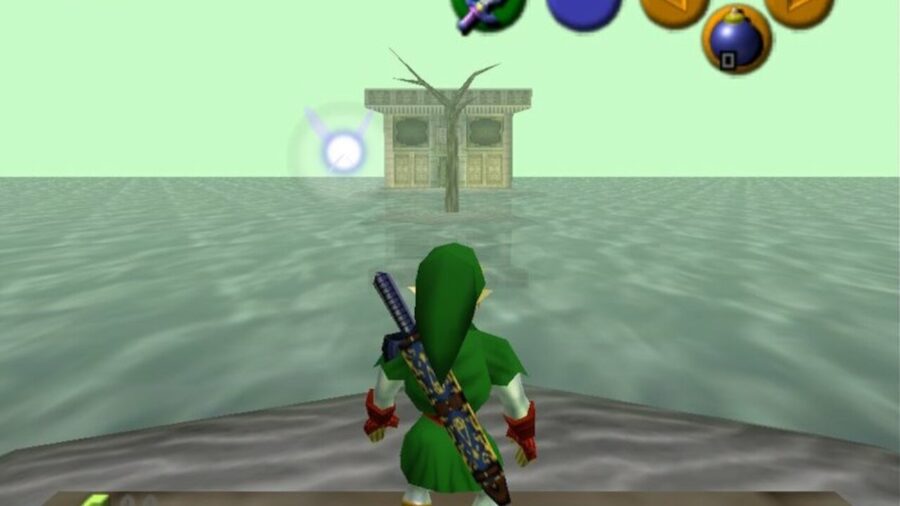The Best Zelda Game Ever Set A New Benchmark For The World Of Gaming
In conclusion, it's hard to understate the effect and influence the best Zelda game had on the modern gaming industry.
This article is more than 2 years old

The Legend of Zelda: Breath of the Wild continues to dominate Nintendo’s gaming market segment, as one of the best games currently available for Nintendo’s recent gaming console, Nintendo Switch — one of the most popular handheld gaming consoles of all time. Led by Miyamoto’s original idea of exploration and players’ curiosity, the Breath of the Wild truly has everything it takes to be the absolute best Zelda game ever. Were it not for 1998’s The Legend of Zelda: Ocarina of Time.
But how is it possible for a 20-something-year-old game to rank better among the current gaming community than the newer and graphically more advanced Breath of the Wild? Especially considering that Nier: Automata 2B’s gluteus maximus has more than 300,000 polygons, which is more than all of Ocarina of Time? And while the previous statement isn’t exactly true, the undeniable fact is that Breath of the Wild, which utilizes more advanced and powerful hardware, is superseded in rankings by its almost 20 years older cousin. So, what exactly made Ocarina of Time into such a fantastic gaming title that it manages to stay on top of Zelda-ranking charts ever since its release?

“Several things” would be a correct, though pretty vague, response. Released in 1998 for Nintendo 64, the Ocarina of Time was the first Zelda game to release as a 3D game — a polygonal soup by today’s graphics standards. And for better or worse, the gaming community at the time, though pretty established, didn’t have a truly defining benchmark on how a 3D game should look, feel, and play, or just how expansive an open-world gaming title should be. This propelled the game to its trendsetter status, and since first impressions are often the most important, Ocarina of Time remained on top of various gaming charts for almost three decades of its existence. We’d call it the ultimate first impression since many still use it as a measuring stick to compare newly released games.
In truth, Ocarina of Time brought several improvements, not just to the series but to the world of gaming altogether. Nintendo has ingeniously added the ability to custom-map specific items to different buttons on Nintendo 64’s controller, which allowed gamers quick access to key items without having to go into inventory. For all the younger generations of gamers, imagine having to manually open up the inventory to use a health potion in the middle of the boss fight instead of just pressing a “hotkey.” Vintage gamers remember the struggle. Regardless, Nintendo’s decision to implement the controller remapping will forever remain the company’s and Zelda‘s legacy — the fact that almost all modern games allow remapping is proof that the idea worked flawlessly. This means that even the most recent Call of Duty, God of War, or nearly any modern game you can think of, haven’t escaped Ocarina of Time‘s influence.

Another brand-new concept added to the 1998 Zelda game was the target-locking system which allowed gamers to focus on one opponent at a time while combatting several foes at once. Nintendo simply wanted their combat mechanics to play out differently — they would “lock” the gamer’s focal point onto the enemy, allowing Link to move freely around his opponent’s fixed position. This added a whole new layer of combat mechanics such as dodge moves, which revolutionized combat aspects of nearly the entire gaming industry.
The addition of the 3D open-world setting initially proved difficult for Nintendo, considering that they had no 3D template of the in-game world to rely upon. Where to place the camera? How to connect different locations and levels of the game? Well, Nintendo created the Hyrule Field, which allowed Zelda players to transverse the in-game world between different areas, using Link’s loyal steed — which had an iconic “carrot stamina bar.” The introduction of such mechanics prevented gamers from relying on the horse way too much and influenced the world of modern gaming, bringing “vehicle” stamina bars to a whole slew of gaming titles, including Red Dead Redemption and Darksiders.
And these were just some of the influences Ocarina of Time had on the gaming industry. Those acquainted with the game’s backstory know that the game could’ve failed just as much as it succeeded. It was plagued by a lengthy development phase, 3D gaming still wasn’t as widespread, and the number of risks Nintendo took with the game’s design and gameplay mechanics would be regarded as sheer insanity by the modern industry’s business-standard. However, the innovations Nintendo implemented in the game paid off and influenced the gaming world in a way no other title ever did.
In conclusion, it’s hard to understate the effect and influence The Legend of Zelda: Ocarina of Time had on the modern gaming industry. Video games wouldn’t be what they are today were it not for Nintendo’s shot in the dark, which only attests to the fact that there’s no gaming title more deserving of being called “the best game ever.” A word of advice for younger gamers: The Legend of Zelda: Ocarina of Time truly deserves everyone’s attention, as it’s a worthy piece of gaming history. Sure, it may be a polygonal soup compared to today’s standards, but give it a shot — the massive influence it had on the gaming industry is noticeable within the first few minutes of the game. The game is currently available on Nintendo Switch via Nintendo Switch Online.












